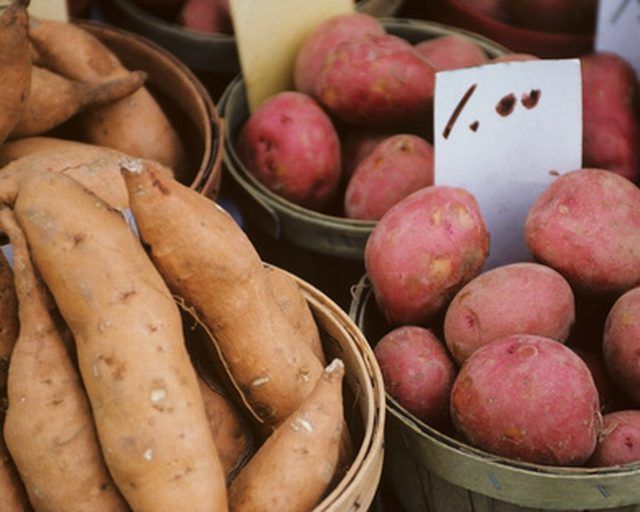Bulbs
Flower Basics
Flower Beds & Specialty Gardens
Flower Garden
Garden Furniture
Garden Gnomes
Garden Seeds
Garden Sheds
Garden Statues
Garden Tools & Supplies
Gardening Basics
Green & Organic
Groundcovers & Vines
Growing Annuals
Growing Basil
Growing Beans
Growing Berries
Growing Blueberries
Growing Cactus
Growing Corn
Growing Cotton
Growing Edibles
Growing Flowers
Growing Garlic
Growing Grapes
Growing Grass
Growing Herbs
Growing Jasmine
Growing Mint
Growing Mushrooms
Orchids
Growing Peanuts
Growing Perennials
Growing Plants
Growing Rosemary
Growing Roses
Growing Strawberries
Growing Sunflowers
Growing Thyme
Growing Tomatoes
Growing Tulips
Growing Vegetables
Herb Basics
Herb Garden
Indoor Growing
Landscaping Basics
Landscaping Patios
Landscaping Plants
Landscaping Shrubs
Landscaping Trees
Landscaping Walks & Pathways
Lawn Basics
Lawn Maintenance
Lawn Mowers
Lawn Ornaments
Lawn Planting
Lawn Tools
Outdoor Growing
Overall Landscape Planning
Pests, Weeds & Problems
Plant Basics
Rock Garden
Rose Garden
Shrubs
Soil
Specialty Gardens
Trees
Vegetable Garden
Yard Maintenance
How to Grow Philippine Vegetables
How to Grow Philippine Vegetables. Cuisine from the Philippines incorporates a wide variety of vegetables. For those who enjoy the cuisine or want to grow the vegetables that you remember enjoying as a child, you can plant a vegetable garden that can produce a number of popular vegetables associated with the food. Common vegetables from the...

Cuisine from the Philippines incorporates a wide variety of vegetables. For those who enjoy the cuisine or want to grow the vegetables that you remember enjoying as a child, you can plant a vegetable garden that can produce a number of popular vegetables associated with the food. Common vegetables from the Philippines include taro, swamp cabbage, mung beans, oyster mushrooms and eggplants. Decide what type of vegetable you want to grow for fresh tasting dishes to serve at the dinner table.
Things You'll Need
Compost
Builder's sand
Sphagnum moss
Tiller
Shovel
Mulch
Make a list of the vegetables that you wish to grow. Generally, vegetables are grown as either warm season or cool season crops. Warm season vegetables are planted after the last frost. These popular Filipino vegetables can include string beans, mung beans, eggplant and sweet potato. Cool season Filipino crops can consist of cabbage, radish and spinach.
Check the draining abilities of your proposed vegetable bed. The majority of vegetables need well-draining soil in order to reduce the risk of root rot. Grab a handful of soil and squeeze. Soil that releases water droplets must be amended with 6 inches of both compost and builder's sand tilled into the first 6 inches of soil. If the soil breaks up into clumps in your hand, spread 6 inches of sphagnum moss and till to correct the dry soil. Soil that is malleable in the hand has adequate drainage.
Hand pull all weeds or grass from the vegetable garden. Till the soil with a tiller to break up any clumps of soil that are larger than a half dollar. Flatten the planting area with the back of your rake.
Dig holes for seeds based on the directions on the package. Generally, seeds must be planted at a depth of four times the diameter of the seed. Space out the vegetables according to the directions. Water the area.
Spread mulch around the vegetable seeds to prevent weeds. Make small outdoor signs to place in each row to allow you to determine when the vegetables should be harvested.
Clear the vegetable garden after the warm season vegetables have been harvested. Repeat the steps above for a cool season garden.
Tips & Warnings
Purchase the right type of seeds for the garden. Filipino vegetables are of a different cultivar than the types sold in the United States. Buy seeds online or at local Asian markets.